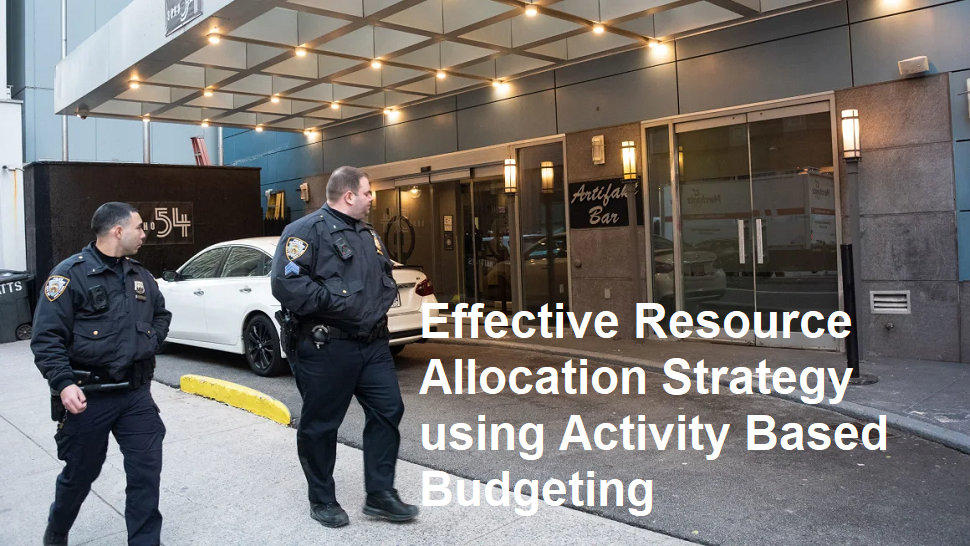Why You Should Start Cycling Today
Have you ever thought about hopping on a bike to boost your health, clear your mind, or even save money on commuting? You’re not alone! More and more people are realizing the benefits of cycling exercise—and it’s not just for athletes or fitness junkies.
Cycling is fun, low-impact, beginner-friendly, and packed with physical and mental health benefits. Whether you’re looking to get fit, lose weight, improve your heart health, or just enjoy the outdoors, cycling might be the perfect exercise for you.
In this article, we’ll break down the manfaat olahraga sepeda (benefits of cycling), give you simple tips on how to start cycling, and explain how cycling helps your health in practical ways.
The Main Benefits of Cycling Exercise
Let’s start with why cycling is so good for you.
1. Boosts Mental Health
Feeling stressed, anxious, or mentally drained? Cycling outdoors gives you a natural mood boost. The combination of fresh air, sunshine, and movement increases the production of endorphins—your brain’s happy chemicals.
Cycling regularly has also been linked to reduced levels of depression and anxiety.
2. Builds Muscle and Improves Endurance
Cycling works your legs, glutes, and core, helping to tone muscles and build strength without putting stress on your joints.
Unlike high-impact sports, cycling is gentle on the knees and ideal for people recovering from injury or new to fitness.
3. Great for Heart Health
Cycling is a powerful cardiovascular workout. It gets your heart pumping, helps lower blood pressure, and improves circulation.
According to health experts, just 30 minutes of moderate cycling a day can significantly reduce the risk of heart disease and stroke.
4. Helps Burn Calories and Manage Weight
Looking for a fun way to lose weight? Cycling can burn up to 400–700 calories per hour, depending on your speed and intensity.
Pair it with a healthy diet, and you’ll see the results in your waistline, energy levels, and overall fitness.
How to Start Cycling Exercise (Even If You’re a Total Beginner)
So now that you’re excited about cycling, you might be wondering: how do I actually begin?
Here are practical tips on how to start cycling without overthinking it.
1. Get the Right Bike (Not the Most Expensive One!)
You don’t need a fancy road bike to get started. A basic city bike or hybrid is perfect for beginners. Visit a local bike shop and ask for help choosing the right size and style for your needs.
Make sure the bike is comfortable to ride—you’ll stick with it longer if it feels good.
2. Environmentally Friendly and Cost-Efficient
Apart from the physical benefits, cycling is good for your wallet and the planet. It cuts down on gas, car maintenance, and carbon emissions.
Choosing to cycle even a few times a week can help reduce traffic and pollution in your area.
3. Gear Up with Essentials
Safety first! Here’s a simple list of beginner-friendly gear:
- Helmet (a must!)
- Comfortable clothes or padded shorts
- Reflective vest or lights for visibility
- Water bottle and holder
- A small repair kit (just in case)
No need to buy it all at once—start simple and upgrade later as you ride more often.
4. Start Small and Build a Routine
You don’t have to ride for hours. Begin with 15–30 minutes a few times per week, and gradually increase your time and distance.
Find a quiet route or bike path where you feel safe. Apps like Google Maps and Strava can help you discover bike-friendly paths in your area.
5. Join a Cycling Group or Invite a Friend
Riding with a buddy keeps things fun and motivating. You can also look for local cycling communities—many cities have beginner-friendly group rides.
Cycling doesn’t have to be a solo sport!
Cycling Exercise for Health: What Science Says
Let’s talk a little more about how cycling helps your health long-term.
Cardiovascular Health
Cycling improves heart efficiency, lowers cholesterol, and stabilizes blood pressure. People who cycle regularly are less likely to develop type 2 diabetes or experience cardiac events.
Joint and Bone Support
Unlike running, cycling doesn’t pound your joints. It’s ideal for people with arthritis or joint pain and helps keep your knees mobile and strong.
Mental Clarity and Focus
Many people report feeling more focused and less stressed after a ride. Some even use cycling as a form of moving meditation—it clears your head and boosts your mood like nothing else.
Long-Term Disease Prevention
Cycling may help reduce the risk of:
- Obesity
- Type 2 Diabetes
- Hypertension
- Certain cancers
In short, it’s a powerful habit that pays off for years to come.
Want to stick with cycling long-term? Here are a few bonus tips:
Make It Part of Your Daily Routine
Try biking to work, school, or the grocery store. Combining cycling with your daily errands helps you stay active without setting aside extra time.
Set Simple, Fun Goals
For example:
- “I’ll bike 3 times this week.”
- “I’ll explore a new trail this weekend.”
- “I’ll ride 50 km this month.”
Small goals make it easier to stay motivated.
Use Apps or Trackers
Apps like Strava, Komoot, or MapMyRide make cycling more fun. You can track your progress, set challenges, and even share your rides with friends.
Conclusion: It’s Time to Get Rolling!
From better heart health to reduced stress, the benefits of cycling exercise are hard to ignore. And the best part? It’s easy to start, affordable, and suitable for all fitness levels.
With a little planning and consistency, cycling can become your favorite way to move, relax, and explore the world around you.
Ready to Ride?
Curious to learn more or looking for extra guidance?
Download our free beginner’s guide to cycling — it includes gear checklists, weekly ride plans, and safety tips to help you start strong.
Let’s get you rolling—one pedal at a time!












